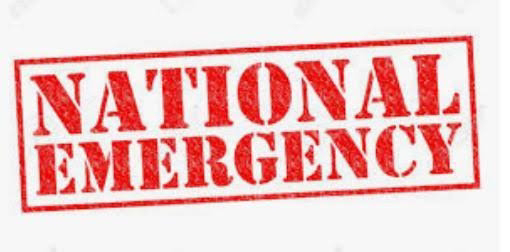THE DOCTRINE OF SEPARATION OF POWER
Based on the principle of trias politica, the Doctrine of Separation of Power has been in existence in India since the days of “Magna Carta”. The Doctrine of Separation of Power envisages a division of powers in a tripartite system. The Indian system is formulated on three main organs; the legislative organ of the state makes laws, the executive forces them and the judiciary applies them to any cases arising out of the breach of those laws.
The concept of Separation of Power as elucidated by Wade and Philips meant that no same individual should be a part of more than one out of the three organs of the government. It was further interpreted that one organ of the Government ought not to control or interfere with the activity of another organ, for example, the Judiciary ought to be free of the Executive and that one organ of the Government ought not to exercise the functions of another, for example, the Ministers cannot have administrative forces.
Even though the Doctrine has not been given a constitutional status, the courts in India have widely interpreted the doctrine and portrayed a clear demarcation of powers in the organs. It was first iterated in the case of Ram Jawaya Kapur v. the State of Punjab , wherein the court mentioned that even though the constitution has not recognized the doctrine in its absolute rigidity, the functions of different organs have been sufficiently differentiated. The demarcation was further clarified in the case of Katar Singh v. State of Punjab which mentioned that under the Indian Constitution, the legal sovereign power has been distributed between the legislature to make the law, the executive to implement the law, and the judiciary to interpret the law within the limits set down by the Constitution.




Comments
Post a Comment